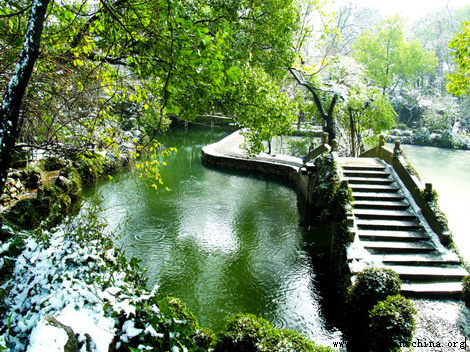| Home > China Feature |
Cool Mountains for Summer Resort with Average Temperature 21℃
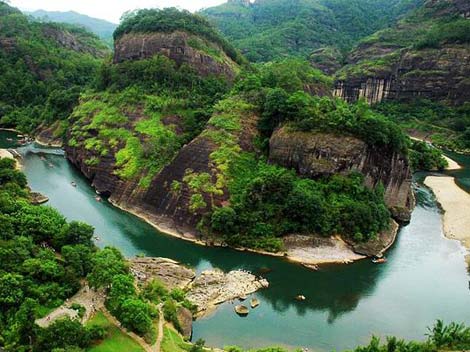
Mount Wuyi
Average temperature of the summer: 21℃
The percentage of forest coverage of Mount Wuyi is as high as 92%, every peak is full of tall bamboos and thick forest, added with lots of streams and caves,making Mount Wuyi the top choice for summer resort. Especially before 9:00 am and after sunset,Mount Wuyi is extreme cool with fresh breeze blowing.
Mount Wuyi, located about 15 kilometers to the south of Wuyishan City in northwest Fujian Province, is a famous scenic spot in the coastal southeast China and tops the region with its beauties and elegances. The 70-square-kilometer spot is characterized by typical Danxia landscape, and boasts natural beauties of grotesque red peaks encircled with emerald waters.
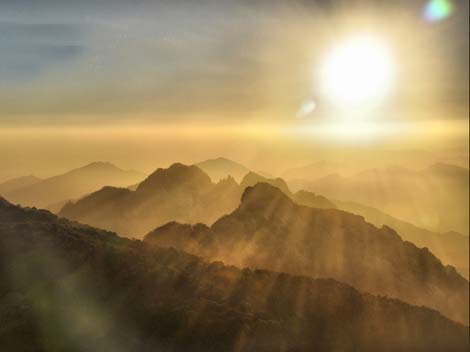
The Yellow Mountain
Average temperature of summer: 19~22℃
In summer time, falling waterfalls and running springs are everywhere to see,making the
Yellow Mountain a perfect summer resort. Moreover, the Yellow Mountain has long been famous for its beauty sea of clouds, which added the mystery to the mountain.When sunset reddened the clouds, the whole sky became a splendid palace.
Located in the southern part of Anhui Province, China, Mountain Huangshan is 40 km long in north-southern direction, and about 30km wide in east-west direction. It covers an area of 1,200 square kilometers, and the 154 square kilometers in the scenic area is the essence part of Mountain Huangshan, which is located in the sub-tropic monsoon climate area with abundant clouds, fog, humidity and rainfall. In addition, it has six largest scenic areas, namely hot spring, clouds valley, pine tree valley, northern sea, Yuping, and Diaoqiao with charming sceneries and beautiful sights. Meanwhile, Mountain Huangshan is also in possession of rich the fourth period of geological time's glacier sites, water resources, animal and plant resources, so it is also the precious natural heritage with complete ecology.
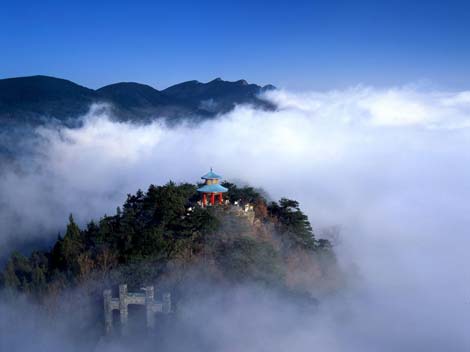
Mount Lu
Average temperature of the summer:22.6℃
Mount Lu,along with Mount Jigong and River Beidai,Mount Mogan,are listed as the top 4 summer resorts in China.Mount Lu is surrounded by numourous rivers and lakes,thus, it enjoys abundant rainfall with annual amount of precipitation reaching 2000 mm.The vagaries of clouds and mist added to the quietness of Mount Lu. Just as the famous Chinese poem writes,One can never discern the true face of the mountain Lu, if one can only look out from within these hills.Not only the natural scenery of Mount Lu is attractive, but also the old villas of various foreign styles are full of historic and cultural value.
Called "kuanglu" in ancient times, Mount Lu is one of the top ten famous mountains in China and among the first batch of sites ranked as world geoparks. Mount Lu is located in Boyang Lake Basin in north Jiangxi Province of China, in the south of Jiujiang City. The oval-shaped mountain is about 25 kilometers long and 10 kilometers wide, with 90-plus stretching peaks serving as a protective shield for the north gate of Jiangxi like a nine-fold screen.
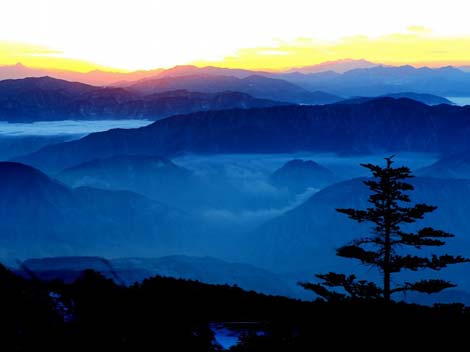
Mount Emei
Average temperature of the summer: 20℃
Mout Emei is one of the top four buddist mountains in China.Enjoying high attitude and extravagant vegetation, Mount Emei is a quite ideal summer resort.Average temperature of Mount Emei fo the year is only around 9℃.Brocken spectre, buddism culture and large amouts of golden monkeys are all unique to Mount Emei.Also, the spectacular phenomenon glory(in China it is called Buddha's light) is another magic thing in Mount Lu.It was often observed on cloud-shrouded high mountains, in China almost only in Mount Emei,the Yellow Mountain this spectacular can be observed.Under the Buddha's light,even two people hug together,they can both see each other`s shadows.
Mt. Emei is well-known for its enjoyable natural scenery, extensive Buddhist culture, abundant range of species and unique landform. Thus it gets such titles as 'Kingdom of Plants', 'Geological Museum', 'Animals' Paradise' and 'Buddhist Celestial Mountain'.
Art
 more
moreChina Beijing International Diet ...
Recently, The hit CCTV documentary, A Bite of China, shown at 10:40 ...
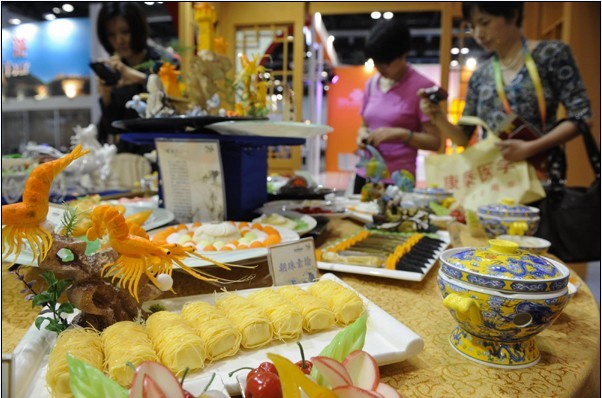
Exhibition of Ancient Chinese Jad...
At least 8,000 years ago, Chinese ancestors discovered a beautiful...
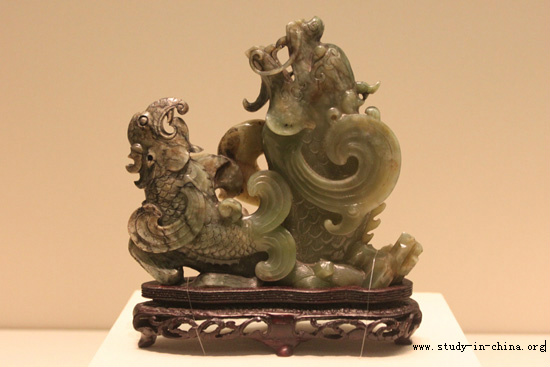
Longmen Grottoes
The Longmen Grottoes, located near Luoyang, Henan Province, are a tr...
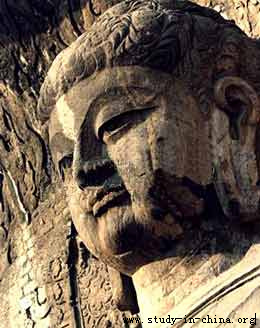
Custom
 more
moreWeb Dictionary
Martial Arts
Tai Chi Master Class Held in Moscow
MOSCOW, June 15, 2016 (Xinhua) -- Students learn from Shaolin ...
Celebriting 70 years' efforts in restoring Mogao...
Work is being carried out at the restoration site of cave No 98 a...
Hong Kong Children's Symphony performs in Seattle
Under the theme of Tribute to the Golden Age, a concert featuring a ...





 print
print  email
email  Favorite
Favorite  Transtlate
Transtlate 